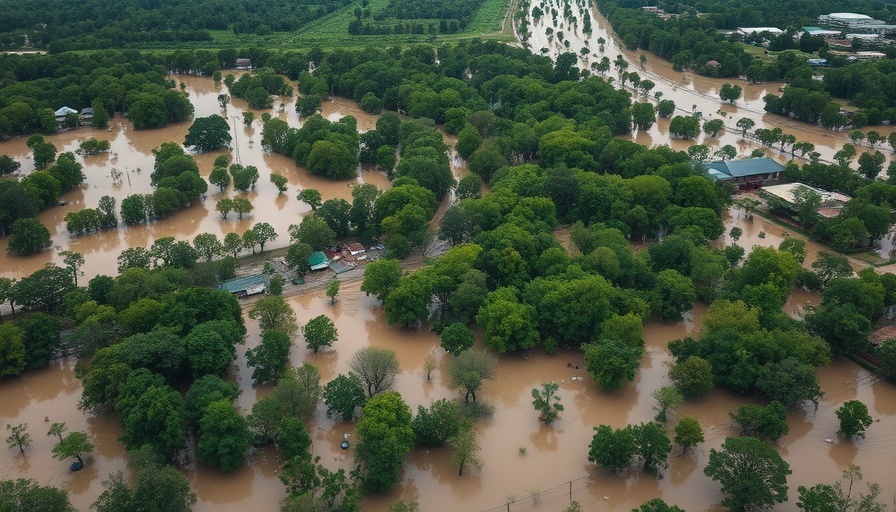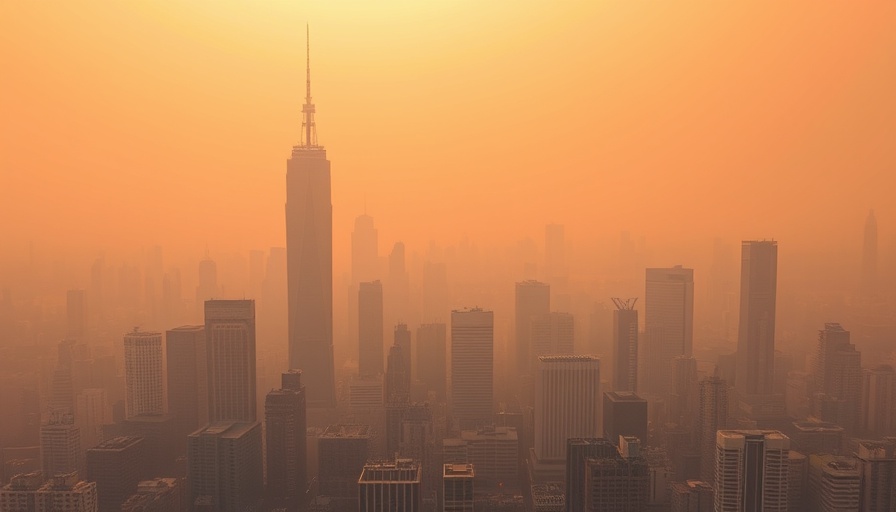
Understanding the Texas Floods: A Stark Reminder of Our Vulnerability
The recent floods in Texas serve as a haunting reminder of the increasing unpredictability of extreme weather events due to climate change. A discussion with disaster expert Andrew Kruczkiewicz reveals essential insights into the causes of these catastrophic floods. He emphasizes that the moisture from remnants of Tropical Storm Barry interacted with a weather phenomenon known as the mesoscale convective vortex (MCV) to create severe thunderstorms. These thunderstorms, moving at a slow pace, dropped excessive rainfall, overwhelming the local environment.
Flash Flood Alley: A Growing Concern
The term “Flash Flood Alley” is becoming more prevalent as regions like central Texas are identified as having heightened flood risk. However, this designation is vague and could apply to many parts across the U.S., including urban areas affected by poor planning. Kruczkiewicz points out that urban regions also experience unique flood risks that need targeted prevention strategies. This insight resonates particularly for cities in moist climates like Seattle, where urban planning plays a critical role in disaster preparedness.
Climate Change’s Role in Disaster Severity
One driving question in disaster preparedness is whether climate change exacerbates the severity of flash floods. The answer is complex. While flash floods are not new to Texas, climate change has certainly altered the landscape—literally and figuratively. Warmer atmospheres lead to increased moisture, making extreme weather patterns more common. This means that places like Texas may require refined disaster response strategies as climatic conditions continue to evolve.
The Importance of Effective Risk Communication
As Kruczkiewicz points out, the risk of flash floods exists virtually everywhere. Yet, effective communication about these risks is paramount. In many cases, people fail to recognize the severity of flash flooding, leading to detrimental outcomes. Enhanced communication and education strategies can empower communities to better prepare for such events, saving lives in the process.
What We Can Learn Going Forward
For those living in regions at risk, including the Seattle area, this serves as a wakeup call. The need to understand the environmental impact of urban planning, climate change, and disaster preparedness is more pressing than ever. As residents of a coastal city, it’s vital to advocate for more resilient infrastructure, robust communication frameworks, and broader awareness of climate risks.
Reflecting on the lessons learned from Texas, Seattle can take proactive steps towards sustainability and resilience. Engage with local sustainability initiatives, learn how urban planning affects flooding risks, and advocate for policies that prioritize climate-conscious strategies.
 Add Row
Add Row  Add
Add 




 Add Row
Add Row  Add
Add 

Write A Comment